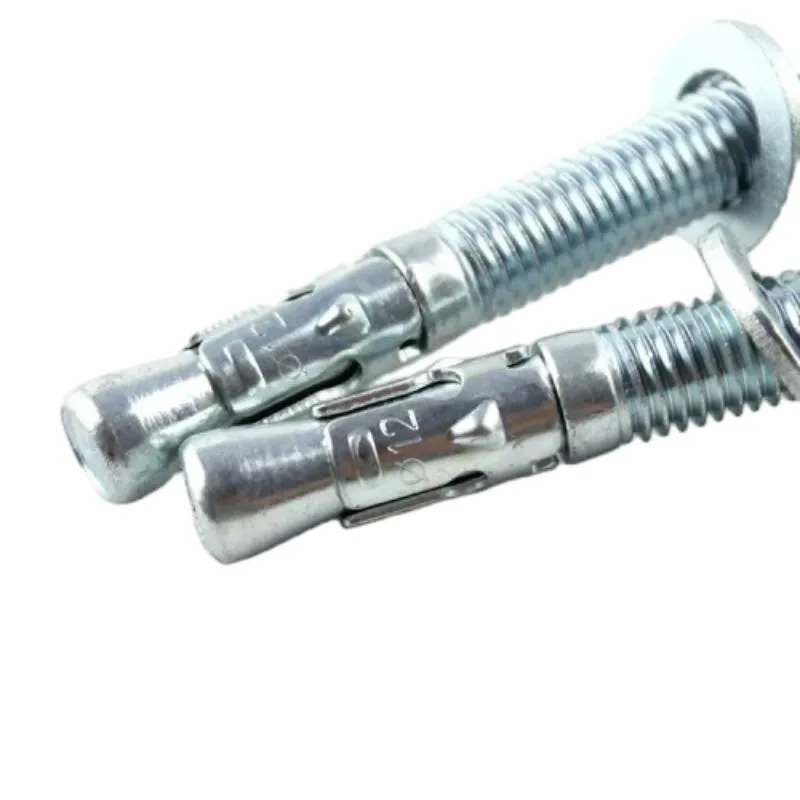Dec . 04, 2024 09:54 Back to list
Understanding Beam to Beam Clamps for Structural Connections and Stability
Understanding Beam to Beam Clamps A Comprehensive Overview
Beam to beam clamps are essential hardware components used in various construction and engineering applications. They serve as a crucial link between structural beams, providing connections that ensure stability and strength in various architectural designs. This article delineates the key aspects of beam to beam clamps, including their types, applications, benefits, and installation process.
What Are Beam to Beam Clamps?
Beam to beam clamps are mechanical devices designed to connect two beams at a right angle or parallel to each other. These clamps are typically made from robust materials such as steel or aluminum, ensuring durability and resilience against environmental stresses. They are widely adopted in industries such as construction, manufacturing, and event staging due to their ability to provide solid and reliable connections.
Types of Beam to Beam Clamps
Beam to beam clamps come in various forms, each designed for specific applications. The primary types include
1. Vertical Beam Clamps Designed to connect beams vertically, these clamps are often used in high-rise buildings or structures that require additional support for vertical loads.
2. Horizontal Beam Clamps These clamps connect beams horizontally and are commonly used in bridge construction and large frameworks where lateral stability is essential.
3. Swivel Beam Clamps These provide a pivot point for beams, allowing for adjustment and flexibility in construction projects. They are particularly beneficial in situations where angle modifications are necessary.
4. Fixed Beam Clamps These clamps provide a permanent connection between beams, ideal for applications where beam displacement is not anticipated.
Each type serves its purpose, ensuring that engineers and builders can select the appropriate clamp based on the specific needs of their projects.
Applications of Beam to Beam Clamps
Beam to beam clamps find extensive use across various sectors due to their versatility
- Construction In the construction industry, these clamps are used to create strong connections between structural beams, forming the skeleton of buildings.
- Manufacturing In manufacturing facilities, they support overhead cranes, machinery, and major production lines, enhancing workspace efficiency and safety.
- Stage and Event Design In the entertainment industry, beam to beam clamps are indispensable for rigging lights, speakers, and other equipment in temporary structures and event stages
.beam to beam clamps

- Telecommunications These clamps are also utilized in telecommunications to support antennas and other equipment on towers.
The adaptability of beam to beam clamps makes them a preferred choice across these diverse applications.
Benefits of Using Beam to Beam Clamps
Beam to beam clamps offer several advantages
1. Enhanced Stability They provide strong, stable connections, which are vital for structural integrity, especially in high-load situations.
2. Cost-Effectiveness The use of clamps can reduce material costs by minimizing the need for more elaborate connection methods, such as welding.
3. Ease of Installation Compared to traditional connections, clamps can be installed quickly and efficiently, saving time and labor during the construction process.
4. Flexibility Many clamps are designed for adjustability, allowing for modifications according to varying project requirements.
Installation Process
Installing beam to beam clamps requires precision and understanding of the specific requirements for each project. Generally, the process involves
1. Preparation Ensure that the beams are properly aligned and securely positioned to prevent any movement during installation.
2. Positioning the Clamp Place the clamp around the beams where the connection is needed. Some designs may require additional hardware for securing the clamp.
3. Securing the Clamp Tighten the bolts or fasteners to ensure a solid connection. It is critical to follow the manufacturer’s specifications for torque settings and placement.
4. Inspection After installation, conduct a thorough inspection to confirm that the connection is secure and that there’s no misalignment.
Conclusion
Beam to beam clamps play a pivotal role in modern construction and engineering practices. Their diverse applications, coupled with the benefits of stability, cost-effectiveness, and ease of installation, underscore their importance as structural components. For anyone involved in construction, understanding the functionality and application of these clamps is essential to ensuring safety and integrity in building projects. As technology and materials evolve, beam to beam clamps will undoubtedly continue to adapt, solidifying their position as vital tools in the engineering toolkit.


